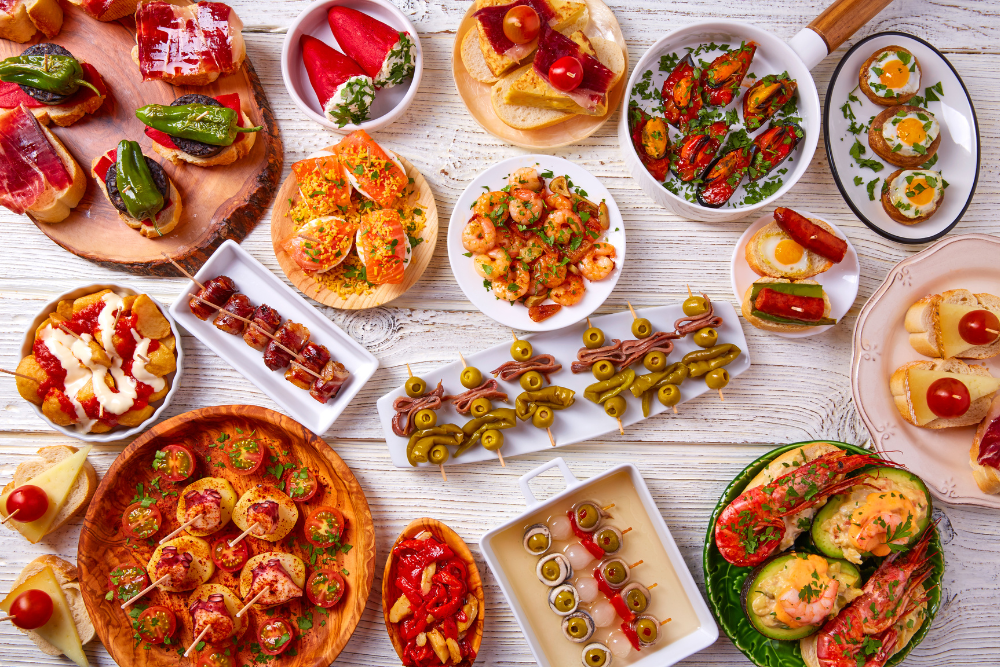Spain is a paradise for food lovers, offering a culinary journey that reflects its diverse regions, traditions, and history. Beyond the well-known tapas, paella, and sangria, there’s a wealth of authentic experiences waiting to be savored. Here’s a local’s guide to eating in Spain, helping you discover the heart of its cuisine.
1. Tapas: A Way of Life
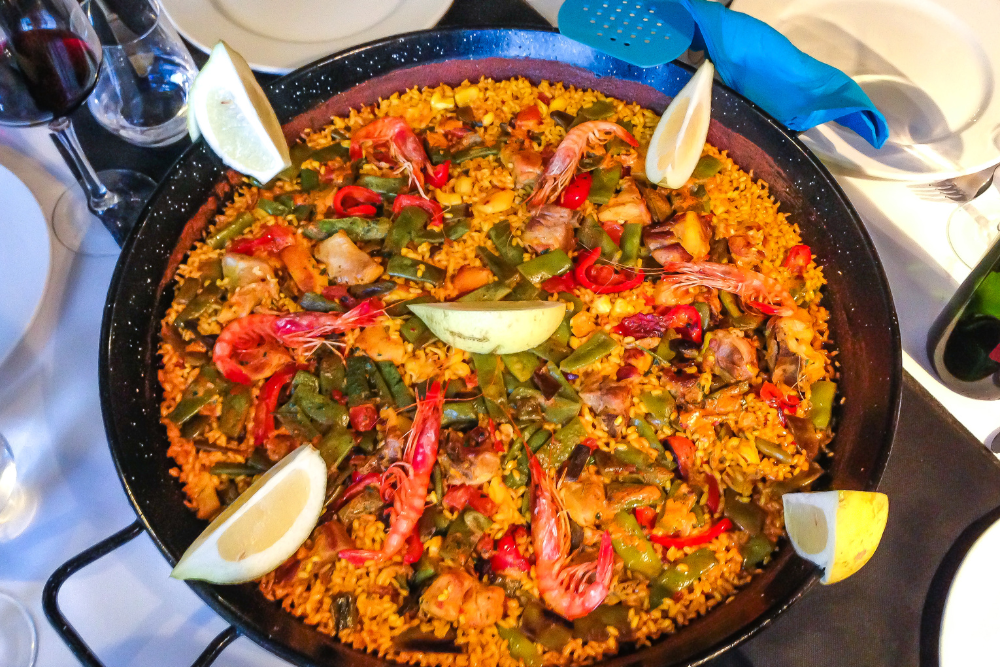
Tapas are small dishes meant to be shared, and they are a cornerstone of Spanish dining culture.
- Popular Choices: Patatas bravas (fried potatoes with spicy sauce), gambas al ajillo (garlic shrimp), and croquetas (croquettes).
- Where to Try: Head to Granada or Salamanca, where many bars offer free tapas with drinks. In cities like Madrid or Barcelona, you’ll find creative and gourmet versions.
- Tip: Tapas hopping, where you move from one bar to another, is a fun way to experience the variety.
2. Regional Specialties
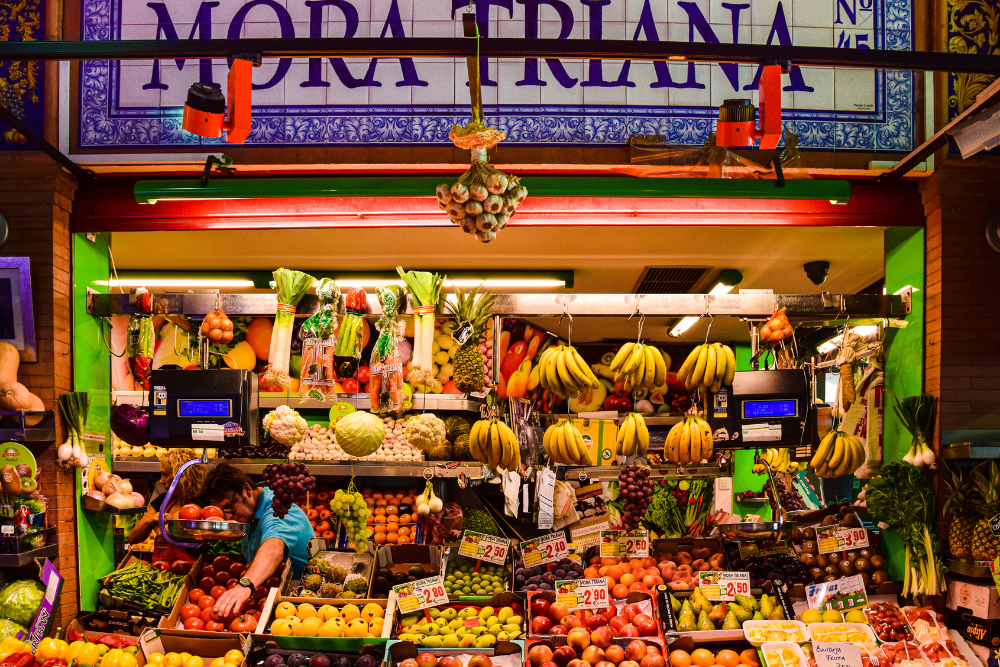
Each region in Spain boasts its own unique dishes, showcasing the diversity of the country’s culinary landscape.
- Andalusia: Gazpacho and salmorejo, refreshing cold soups perfect for hot summers.
- Catalonia: Escalivada (grilled vegetables) and botifarra (traditional sausage).
- Basque Country: Pintxos, similar to tapas but served on small slices of bread, and bacalao a la vizcaína (cod in a red pepper sauce).
- Valencia: Paella, especially the traditional version with rabbit, chicken, and beans.
3. The Art of Breakfast and Merienda
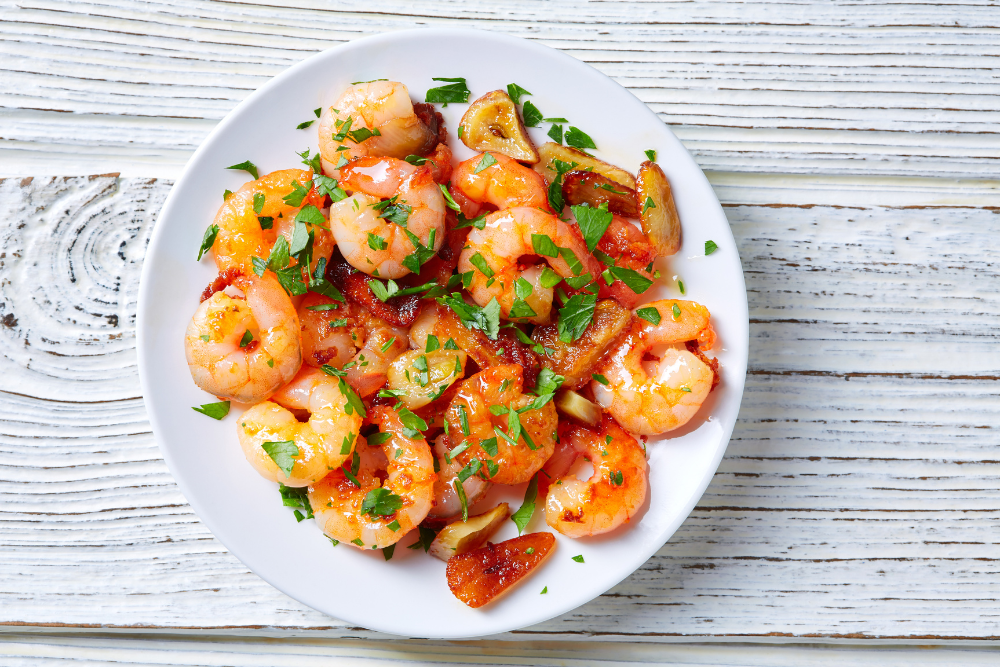
While lunch and dinner get much attention, breakfast (desayuno) and merienda (afternoon snack) are integral to the Spanish lifestyle.
- Breakfast Favorites: Churros dipped in thick hot chocolate or a simple tostada (toasted bread) with tomato, olive oil, and a sprinkle of salt.
- Merienda Must-Try: A slice of tortilla española (Spanish omelet) or a pastry like ensaimada from Mallorca.
4. Markets: The Heart of Spanish Cuisine

Local markets are where Spaniards source fresh ingredients and enjoy casual meals.
- Top Markets: La Boqueria in Barcelona, Mercado de San Miguel in Madrid, and Mercado Central in Valencia.
- What to Look For: Seasonal produce, cured meats like jamón ibérico, and an array of cheeses such as Manchego and Cabrales.
- Tip: Many markets have food stalls serving ready-to-eat dishes. Try a bocadillo de calamares (calamari sandwich) or a plate of freshly grilled seafood.
5. Sweets and Desserts
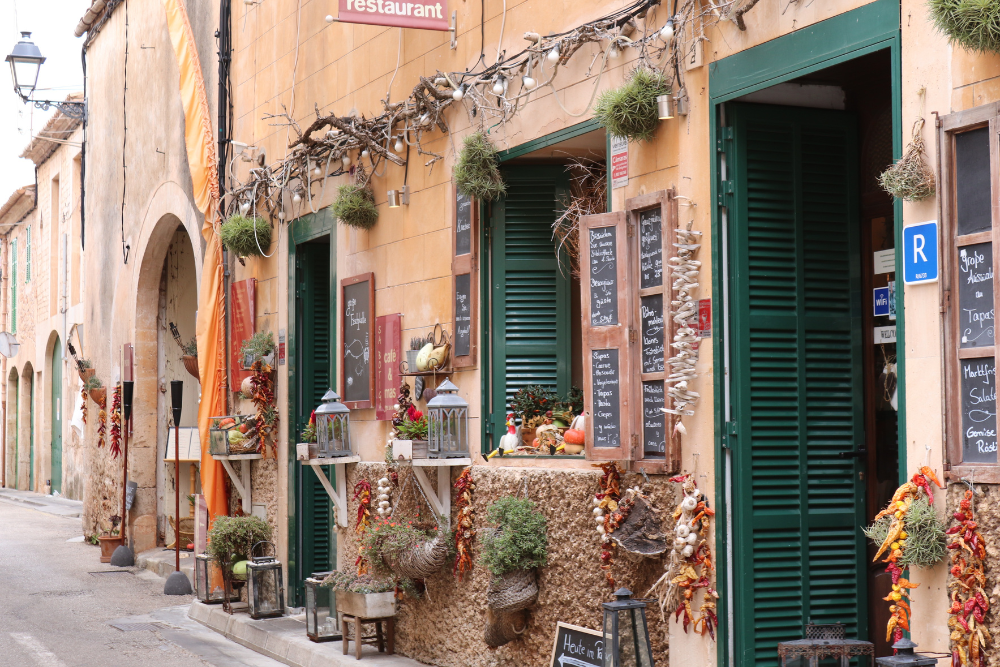
Spanish desserts are as diverse as its savory dishes, offering a sweet ending to any meal.
- Traditional Treats:
- Tarta de Santiago: An almond cake from Galicia.
- Flan: A creamy caramel custard popular nationwide.
- Polvorones: Crumbly almond cookies often enjoyed during the holidays.
- Where to Indulge: Visit local bakeries or churrerías to sample these delights.
Conclusion
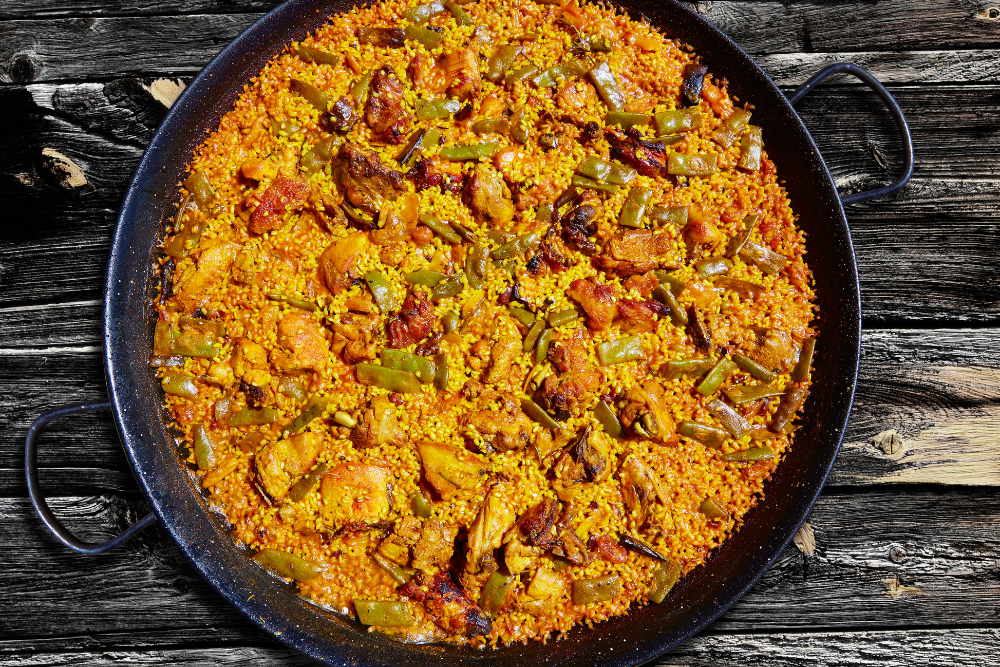
Exploring Spain’s culinary scene is an adventure filled with flavors, stories, and traditions. From bustling markets to cozy tapas bars, every meal offers a chance to connect with the local culture. So, take your time, follow your taste buds, and let Spain’s vibrant cuisine guide you through an unforgettable journey.



